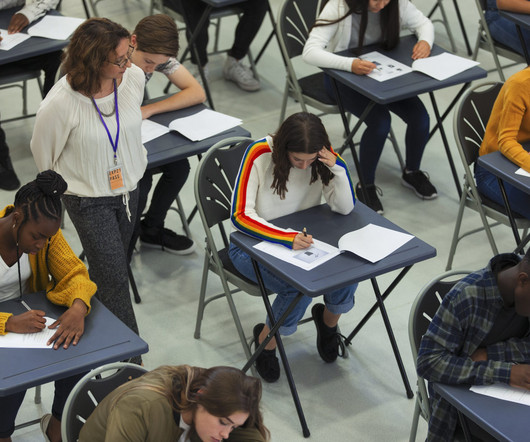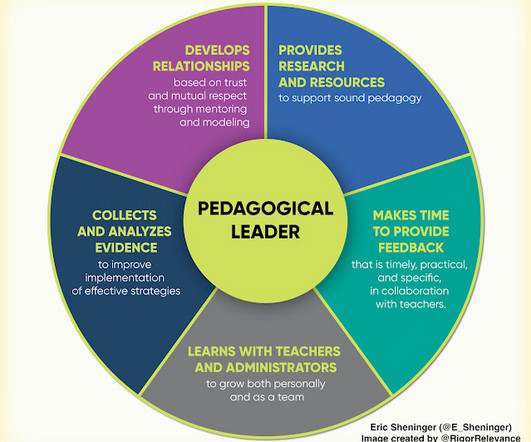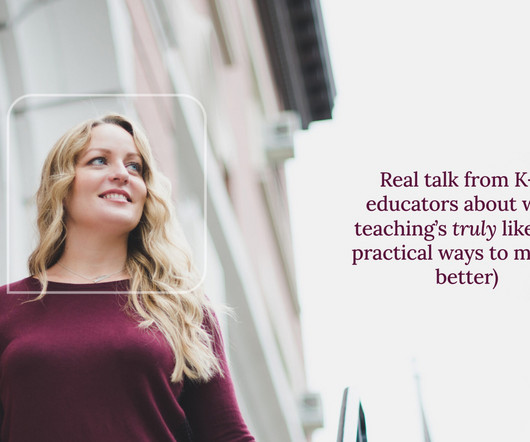OPINION: Artificial intelligence can be game-changing for students with special needs
The Hechinger Report
MARCH 31, 2024
Meanwhile, digital media, heavily reliant on visuals and text, with audio often secondary, is playing an increasing role in education. For these students, AI-powered computer vision offers a solution — it can scan documents, scenes and apps and then describe visual elements aloud through speech synthesis.













































Let's personalize your content